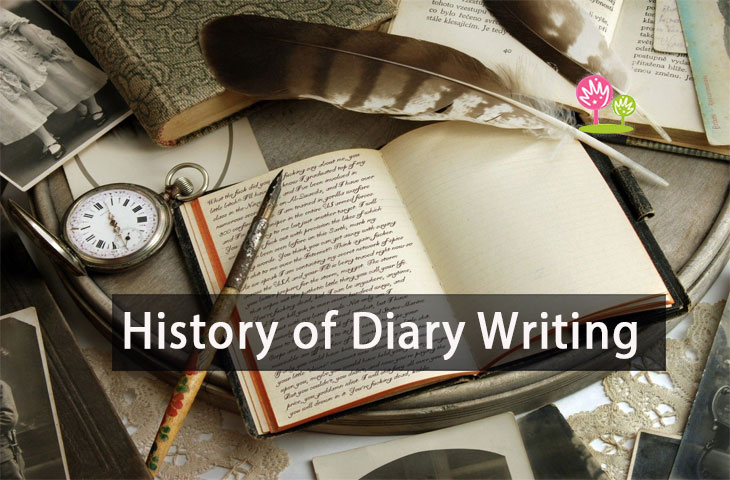How did Diary writing become popular?

Diary, which meaning dies for ‘day’ from Latin, is daily life records and dating opinions. The art of writing grew popular in the 18th century, and during the Victorian era, the peak reached its zenith.
Although diaries were designed to record the diarist’s private thoughts, now they give us vital insights into historical events and the everyday life of the culture that the diarist lived in. Join us in our exploration of the genesis of journals, how they have become popular and how diary practices continue today.
The whole first diaries
During the last hundreds of years, people created daily records for business purposes, but it took the writer longer to construct the concept of a daily. Marcus Aurelius, a Roman emperor who lived around the 2nd century AD, is one of the oldest example of a diary. The Middle East and East Asian cultures are also the sources of early diaries.
For instance, Lio Ao, a student living in China, kept trip diaries in the 9th century. Ahmed Ibn Banna kept in the 11th century a diary of his trips to Northern Europe structured according to date like contemporary diaries. In the Middle Ages, mystics utilized diaries to record spiritual meanings of everyday experiences.
During the Renaissance, people started holding journals to communicate their ideas without any plan to publish their writings one day. In these pieces, the focus was placed more on thought and introspection than on ordinary activities. In 1605 the word “diary” was used in the earliest recorded reference to a written daily journal.
Popularity grows
Most diaries were kept by men until the 18th century and were mainly only daily records of business or agriculture. Others kept some kind of spiritual diaries, counting their benefits and confessing their sins. As the rates of reading increased, paper costs decreased, and people grew more conscious of themselves.
In 1818 John Evelyn’s narrative of his life in England in the 17th century took place as the first publication. Every year in the 1820s the number of journals published increased to a peak of 20 years in the 1830s. At the same time, the writers used the form of the diary as the structure in which their books were written. The diary of Samuel Richardson’s Pamela (1740) and Wuthering Heights of Emily Bronte are famous examples (1847).
The Letts company started creating large formatted diaries in the 1820s to retrieve the popularity of published diaries. By the 1850s, thousands of journals were sold annually. Diarists were asked to ‘use your journal with maximum familiarity and trust in the Letts diary. Nothing else than your own can be hidden from his pages or allowed to scan it.”
Diaries have been much more popular among women than males, and diaries are typically thought to be stupid and frivolous amongst men. This notion did not halt the writing of diarists. Diarising has always been a popular past and newspapers have provided historians with invaluable data on the history and events first hand, and the daily life details.
















